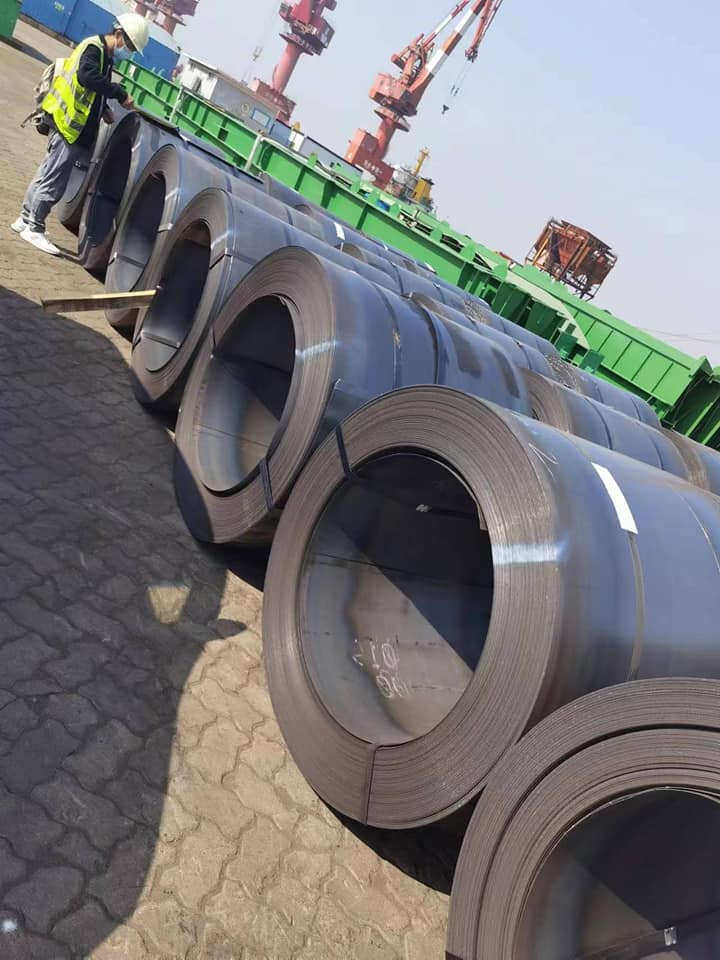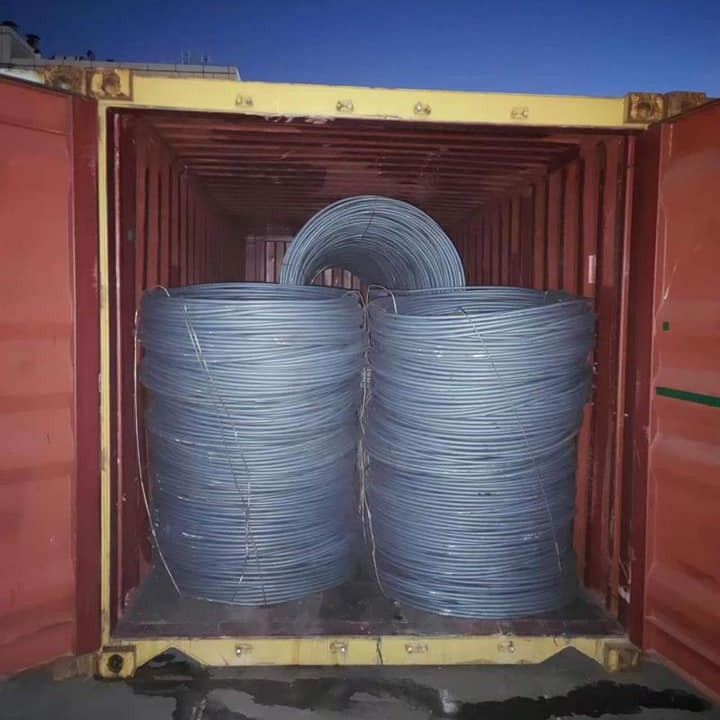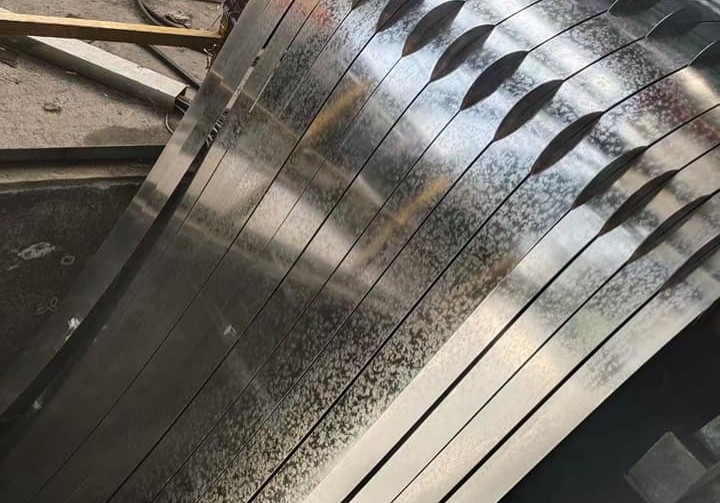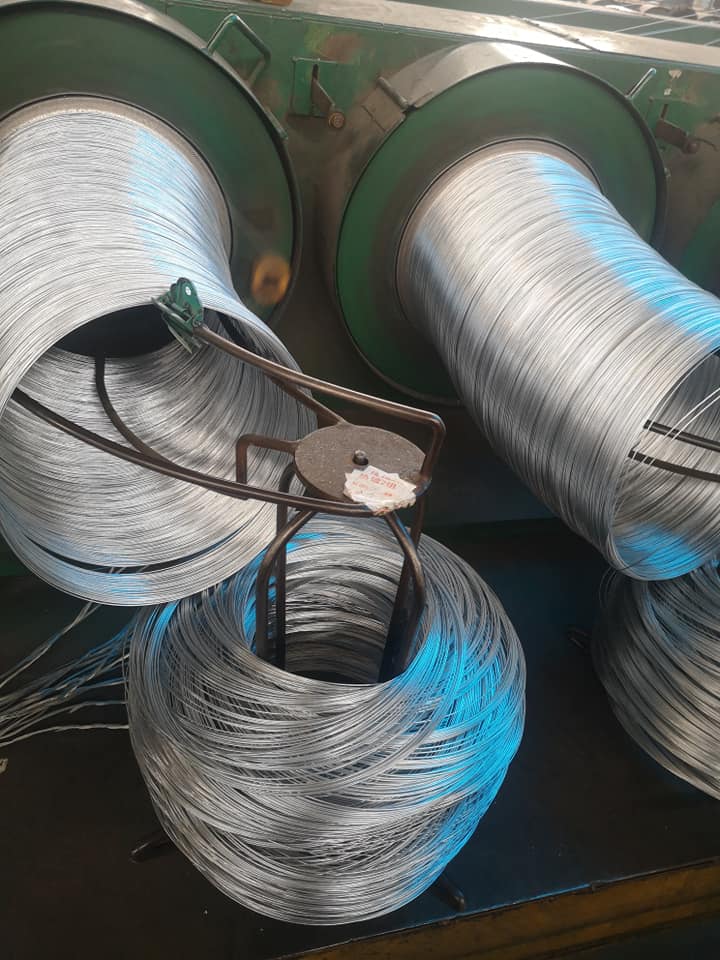In October, steel demand in the Chinese market remained weak, and although steel production decreased, steel prices still showed a slight downward trend. Since entering November, steel prices have stopped falling and rebounded.
According to the steel association data, at the end of October, China Steel Price Index (CSPI) was 107.50 points, down 0.90 points, or 0.83%; down 5.75 points, or 5.08%, compared with the end of last year; a year-on-year decline of 2.00 points, or 1.83%.
From January to October, the average value of China's steel price index was 111.47 points, a year-on-year drop of 13.69 points, or 10.94 per cent.
Long steel prices changed from rising to falling, while plate prices continued to decline.
At the end of October, CSPI Long Products Index was 109.86 points, down 0.14 points or 0.13%; CSPI Plate Index was 106.57 points, down 1.38 points or 1.28%. Compared with the same period last year, the index of long products and plates decreased by 4.95 points and 2.48 points, or 4.31% and 2.27% respectively.
From January to October, the average value of CSPI Long Material Index was 114.83 points, down 15.91 points, or 12.17 per cent year-on-year; the average value of Plate Index was 111.68 points, down 11.90 points, or 9.63 per cent year-on-year.

Among the main steel varieties, the price of mild steel plate fell the most.
At the end of October, the Steel Association to monitor the prices of eight major steel varieties, rebar and wire rod prices rose slightly, up 11 CNY / tonne and 7 CNY/ tonne; Angle, mild steel plate, hot rolled coil steel and hot rolled seamless steel pipe prices continued to decline, down 48 CNY/ tonne, 142 CNY/ tonne, 65 CNY/ tonne and 90 CNY/ tonne; cold rolled sheet and galvanized steel plate prices from rise to fall, down 24 CNY/ tonne and 8 CNY/ tonne.
Steel prices have risen month-on-month for three consecutive weeks.
In October, China's steel comprehensive index first fell and then rose, and was generally lower than the level at the end of September. Since November, steel prices have risen month-on-month for three consecutive weeks.
Except for the central and southern regions of China, the steel price index increased in other regions of China.
In October, the CSPI steel price index in China's six major regions continued to decline slightly, with a decrease of 0.73%, except for Central and South China. The price index in other regions all turned from increase to decrease. Among them, the steel price index in North China, Northeast China, East China, Southwest China and Northwest China fell by 1.02%, 1.51%, 0.56%, 0.34% and 1.42% respectively from the previous month.

Judging from the operation of the downstream steel industry, the situation that supply in the domestic steel market is stronger than demand has not changed significantly, and steel prices generally fluctuate within a narrow range.
The manufacturing industry has declined, and the infrastructure and real estate industries have continued to decline.
According to data from the National Bureau of Statistics, from January to October, national fixed asset investment (excluding rural households) increased by 2.9% year-on-year, 0.2 percentage points lower than that from January to September, of which infrastructure investment increased by 5.9% year-on-year, which was 0.2 percentage points lower than that from January to September. It fell by 0.3 percentage points in September.
Manufacturing investment increased by 5.1% year-on-year, and the growth rate decreased by 1.1 percentage points. Investment in real estate development fell by 9.3% year-on-year, a decline that was 0.2 percentage points higher than that from January to September. Among them, the area of newly started housing construction fell by 23.2%, a decline that was 0.2 percentage points lower than that from January to September.
In October, the added value of the national industrial enterprises above designated size actually increased by 4.6% year-on-year, an increase of 0.1 percentage points from September. From the overall situation, the weak demand situation in the domestic steel market has not changed significantly.
Crude steel output turned from rising to falling, and apparent consumption continued to decline.
According to data from the National Bureau of Statistics, in October, the national output of pig iron, crude steel and steel products (including duplicate materials) was 69.19 million tons, 79.09 million tons and 113.71 million tons respectively, a year-on-year decrease of 2.8%, a 1.8% increase and a 3.0% increase respectively. The average daily output of crude steel was 2.551 million tons, a decrease of 3.8% month-on-month. According to customs data, in October, the country exported 7.94 million tons of steel, a year-on-year increase of 53.3%; the country imported 670,000 tons of steel, a year-on-year decrease of 13.0%. The country's apparent crude steel consumption was 71.55 million tons, a year-on-year decrease of 6.5% and a month-on-month decrease of 6.9%. Steel production and apparent consumption both dropped, and the situation of strong supply and weak demand eased.
Iron ore prices have rebounded, while coking coal and scrap steel prices have turned from rising to falling.
According to the monitoring of the Iron and Steel Association, in October, the average price of imported iron ore (customs) was 112.93 US dollars/ton, an increase of 5.79% month-on-month, and a month-on-month increase. At the end of October, the prices of domestic iron concentrate, coking coal and scrap steel fell by 0.79%, 1.52% and 3.38% month-on-month respectively, the price of injection coal increased by 3% month-on-month, and the price of metallurgical coke remained unchanged month-on-month.

In October, the CRU International Steel Price Index was 195.5 points, a month-on-month decrease of 2.3 points, a decrease of 1.2%; a year-on-year decrease of 27.6 points, a year-on-year decrease of 12.4%.
From January to October, the CRU International Steel Price Index averaged 221.7 points, a year-on-year decrease of 57.3 points, or 20.6%.
The price decline of long products has narrowed, while the price decline of flat products has increased.
In October, the CRU long product index was 208.8 points, an increase of 1.5 points or 0.7% from the previous month; the CRU flat product index was 189.0 points, a decrease of 4.1 points or 2.1% from the previous month. Compared with the same period last year, the CRU long product index fell by 43.6 points, a decrease of 17.3%; the CRU flat product index fell by 19.5 points, a decrease of 9.4%.
From January to October, the CRU long product index averaged 227.5 points, a year-on-year decrease of 60.0 points, or 20.9%; the CRU plate index averaged 216.4 points, a year-on-year decrease of 61.9 points, or a 22.2% decrease.
North America, Europe and Asia all continued to decline month-on-month.

The pattern of strong supply and weak demand is difficult to change, and steel prices will continue to fluctuate within a narrow range.
Judging from the later situation, geopolitical conflicts have a greater impact on the global industrial and supply chains, and the uncertainty of the global economic recovery situation has increased. Judging from the situation in China, the recovery of the downstream steel industry is less than expected. In particular, the fluctuations in the real estate industry have a greater impact on steel consumption. The pattern of strong supply and weak demand in the market will be difficult to change in the later period, and steel prices will continue to fluctuate within a narrow range.
Both corporate steel inventories and social inventories turned from rising to falling.
Post time: Nov-30-2023